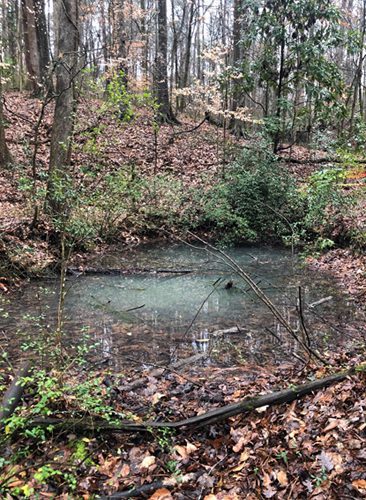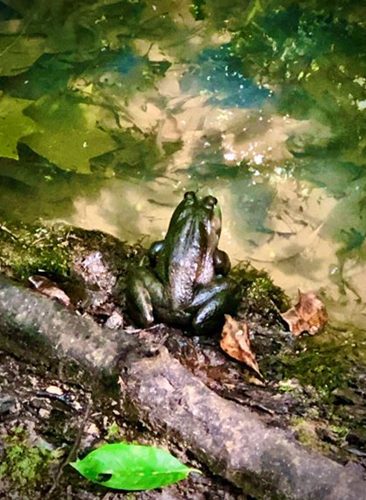Springs are places where groundwater is exposed, often flowing from the Earth’s surface. These waters are sourced from underground aquifers or water tables, meaning that they are groundwater-dependent. In some cases, the waters emerging from a spring may have traveled long distances, taking tens, hundreds, or even thousands of years before they reach the surface.
There are many different types of springs.Twelve types of springsemerge into both terrestrial and aquatic environments ranging from deserts to forests, and even the floors of rivers, lakes, and oceans.They can be either perennial with seasonal emergence, or ephemeral and have erratic emergence intervals throughout the year. Their flows may be immeasurably small (usually referred to as seeps), or incredibly large, often creating rivers or lakes.
All of the Earth’s water is recycled through submarine vent springs every 8-10 million years. Though springs are often valued for the high quality of their water, some springs discharge non-potable water, heavily laden with salts and minerals. Temperatures also range. Some spring water can be quite cold, or may exceed 500 degrees Celsius. These temperature variances and ionic content of the water reflect the flow path and geologic setting of the aquifer that sources the spring.
Why should you care about the health of springs?
Emerging in many forms, springs are said to be windows into the Earth. They are also some of the most sensitive indicators of global climate change. Despite the relatively small area of springs within the landscape,these ecosystems support more than 20 percent of the endangered species in the United States, as well as a high number of rare groundwater-dependent species. In addition, they hold great cultural significance for many indigenous cultures throughout the southwestern United States and the world. Thus, they play a vital role in the health and longevity of our society as well as our planet.
Until recently, very little research has focused on springs ecosystems or their dependent species. Nor has there been a systematic effort or methodology for comprehensive ecological assessment resulting in problematic, if not impossible,data acquisition, analysis, and monitoring of springs.There remains a gap in a consistent terminology, classification, and methodology, with no standardization yet accepted.Existing information is often minimal, fragmented, and largely unavailable to researchers, land managers, and conservation organizations.
This lack of information and attention to springs ecosystems has resulted in the loss of many springs through poor groundwater and land use practices, with estimates in some landscapes exceeding 90 percent. Losing springs habitat constitutes a global environmental crisis. However, there are still opportunities for recovery.If the supporting aquifer is not impaired, springs ecosystems can berehabilitated and restored. The goal of SSI is to bring more contributors into the picture, to foster communication, and to help improve stewardship of the Earth’s springs.


